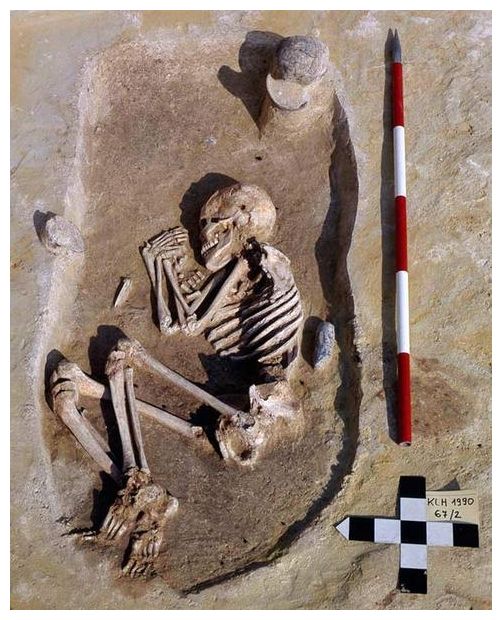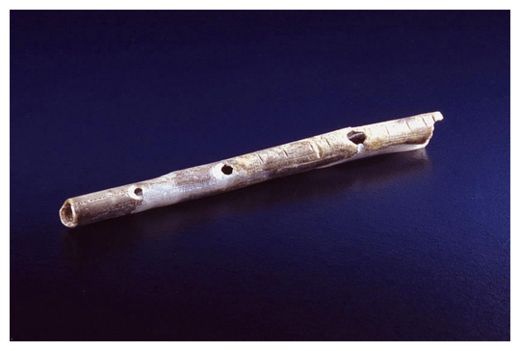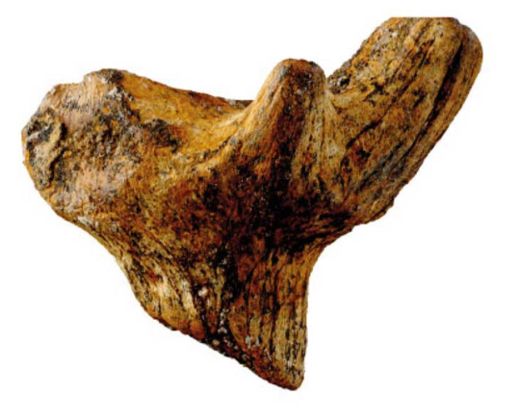
The controversy begins with a mass grave of 16th-century plague victims on the Venetian island of Nuovo Lazzaretto. The remains of a woman there apparently had a brick shoved in her mouth, perhaps to exorcise the corpse in what may have been the first vampire burial known in archaeology, said forensic anthropologist Matteo Borrini of the University of Florence in Italy.
Vampire superstitions were common when plague devastated Europe, and much, if not all, of this folklore could be due to misconceptions about the natural stages of decomposition, Borrini said. The recently dead can often appear unnervingly alive. As the corpse's skin shrinks and pulls back, for example, hair and nails may appear to grow after death.
The remains of the woman were apparently wrapped in a shroud, based on the position of her collarbone, Borrini suggested. A corpse might appear to have chewed through its shroud because of corrosive fluids it spewed as it decayed, perhaps frightening gravediggers into thinking it was a vampire.
Vampire myths link the monsters with contagions, and the plague ran rampant in Venice in 1576, killing as many as 50,000 people, nearly a third of the city, including famed Renaissance artist Titian. The gravediggers that ran across this corpse may have wanted to prevent a vampire from ravaging the city further with pestilence, Borrini and his colleague Emilio Nuzzolese suggested in the Journal of Forensic Sciences in 2010. The "vampire" has since been discussed on Italian national TV and a National Geographic documentary.












Comment: Even if it were authentic as to date, that doesn't make the ideas presented in the text the truth. What's more, it is highly unlikely to "spell the death of Christianity" since any Christian worth his salt is so much an authoritarian follower that he will automatically fall back on Augustine's argument that this is produced by the Devil to test his faith. I'd say this piece is a bit of sensationalist journalism mixed with propaganda.